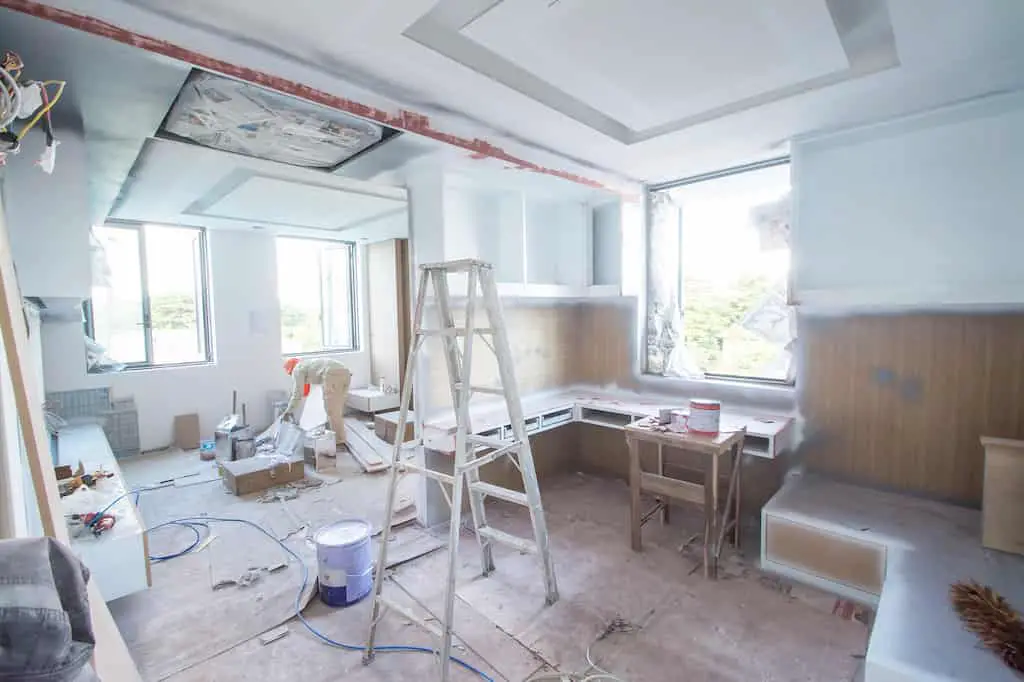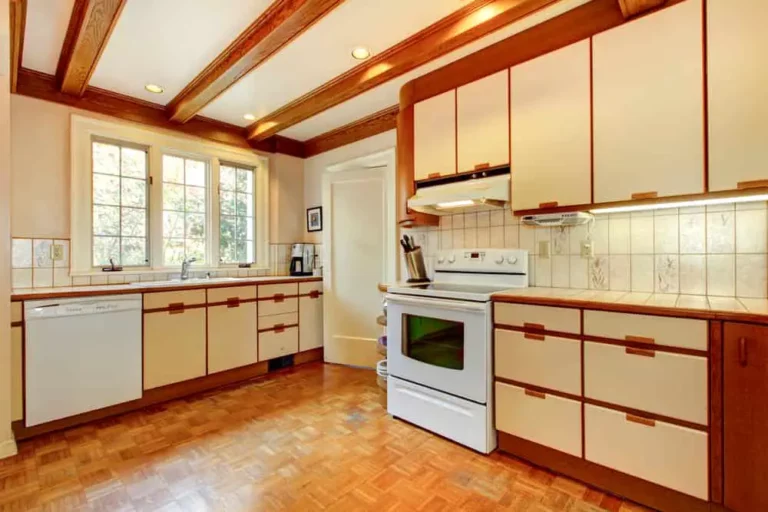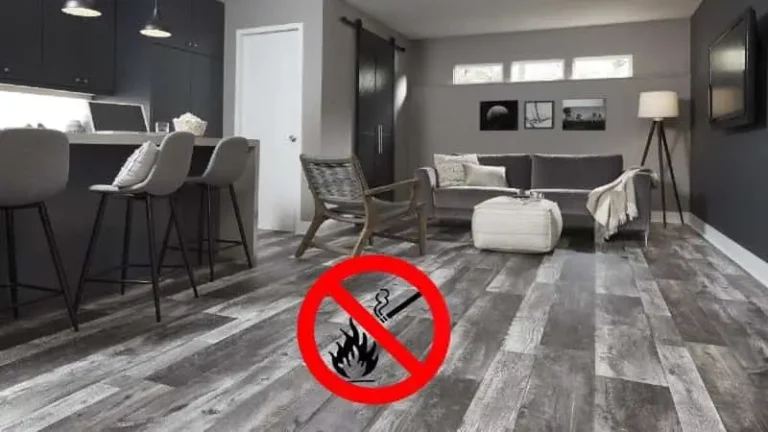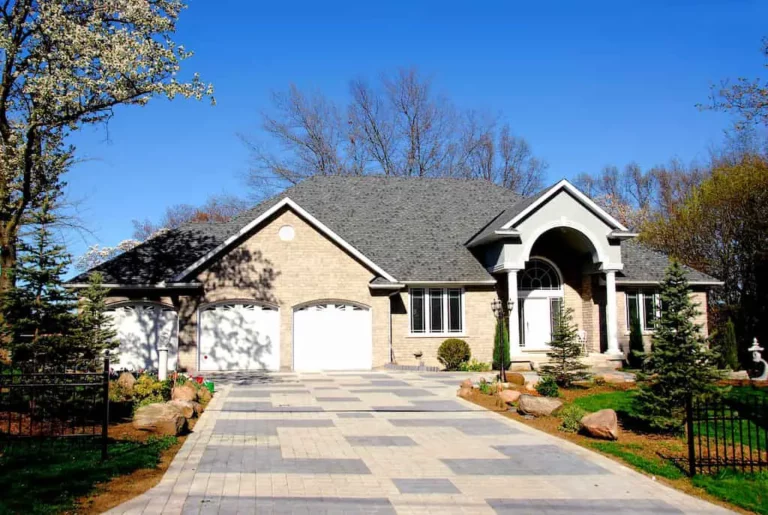What Is Considered A Non-Structural Change In A House?

It’s probably true that few, if any, homeowners will move into a house without making some changes. They may be minor cosmetic improvements like changing light fittings or laying new carpets. Or they may be pretty drastic, changing the internal layout or external appearance of the house. Some changes are clearly structural, but what is a non-structural change in a home?
Non-structural changes can be defined as those changes to a house that do not affect the parts that form the house’s structure. So, the most accurate way to establish whether a change can be considered non-structural is to clarify what makes up the house’s structure.
If you intend to make changes to your house, it’s critical to understand the difference between structural and non-structural changes. As a rule, non-structural changes can be made without permission from the local building authority. Still, structural changes require professional input and official approval to ensure that the structure’s safety has not been compromised.
Non-Structural Changes Don’t Affect The Structure
A non-structural change does not affect the structural parts of the house.What does the structure consist of, what are those structural partsand what is not considered structural?
Defining The Structure Of A House
The structure of a house is comprised of the following:
- The parts that support the house by bearing the dead weight of the structure (the permanent weight of walls, roof, slabs, etc.) and the live weight (the changing or moving weight of furniture, occupants, loose fittings, etc.)
- The parts that enclose the house, namely external walls and roofing.
So the structure, by this definition, consists of foundations, all external and all load-bearing walls, floor slabs, beams, risers, trusses, lintels, and columns, as well as the roof. Any changes or alterations to the house which involve changing, moving, or removing any of these parts would be considered structural changes.
Non-Structural Changes Defined
Non-structural changes can be minor or involve significant alterations to the internal layout of a home. As described above, any change that is not structural is defined as non-structural.
One other condition is that the change, to be considered non-structural, must not affect or impact the systems supplying utilities to the house, including electrical, storm water drainage, and plumbing.
Examples Of What Can Be Considered Non-Structural Changes
Some changes you make to your home are very clearly non-structural, while others may be harder to categorize.
- Redecorating by repainting or wallpapering the walls can be considered more a maintenance activity than a non-structural change. If you’ve decided to add wood paneling to those walls, with its increased weight, it’s still not considered a structural change, and no permission is required.
- Carpeting over a wooden or concrete floor or replacing carpets with wood or laminate flooring is a non-structural change unless the original floor is removed and replaced with another material, in which case a structural item has been changed.
- Changing windows and doors can be considered a non-structural change in some cases but not in all. If the original frame or load-bearing lintel is retained, there is no change to the wall’s structural integrity. Still, if you remove a wooden frame, for example, and replace it with a PVC frame, that will weaken the structure considerably.
- Moving partitions and dry walls can be considered non-structural changes as they are not load-bearing structures within your house. Therefore, they can be removed or changed by inserting an opening arch or door without altering the house’s structure, and no planning permits are needed before carrying out the change.
- Removing an internal brick wall might involve a structural change, so ensure that the wall carries no load before you go ahead – you might need to refer to the plans or speak to a professional builder. In some designs, the total weight of the roof is carried by the exterior walls, and there are no load-bearing internal walls, but make sure first!
- Removing cabinetry is an excellent example of a non-structural change, but a word of warning – if you’re remodeling a bathroom or kitchen and changing the plumbing, you will still need permission from the building authority to go ahead because you are impacting the systems in the house.
- Repurposing Basements, Garages, and Lofts will be considered non-structural changes if no extensions to the existing spaces are contemplated. Creating separate rooms within the existing space with partitioning or walling is acceptable, but if windows need to be installed to provide ventilation and light, there would then be changes to the structure of the house.
Do Non-Structural Changes Need To Be Approved?
Most changes that can be considered non-structural do not need to be approved by the local building authority because they don’t affect the safety or integrity of the construction. Nor is it necessary, as sometimes is the case, that neighbors must be approached or kept informed about the changes, as the house’s exterior is not affected, nor is the neighborhood.
However, some non-structural changes will need to be approved by the authority before you can go ahead, as they may change the nature of the house or impact the immediate neighborhood. Some examples of these non-structural changes include:
- Increasing the accommodation in your house by converting spaces such as basements, attics, or garages. Many municipalities limit the number of habitable rooms permitted in a private dwelling, so you will need a permit to increase the number of bedrooms or create a separate apartment inside your house.
- While clearly not a structural change, moving a driveway may require a new access point from a public road, dropping the curb at the new entrance, or rerouting electrical and plumbing services. Permits would be needed for these changes, and additional fees would be charged.
Conclusion
Non-structural changes are usually much less complicated and costly than structural changes, as they don’t impact your house’s structural integrity. However, carefully thought out and budgeted for, they can enhance the appearance and the value of your home and its suitability for your lifestyle, just as well as any structural change.
References






